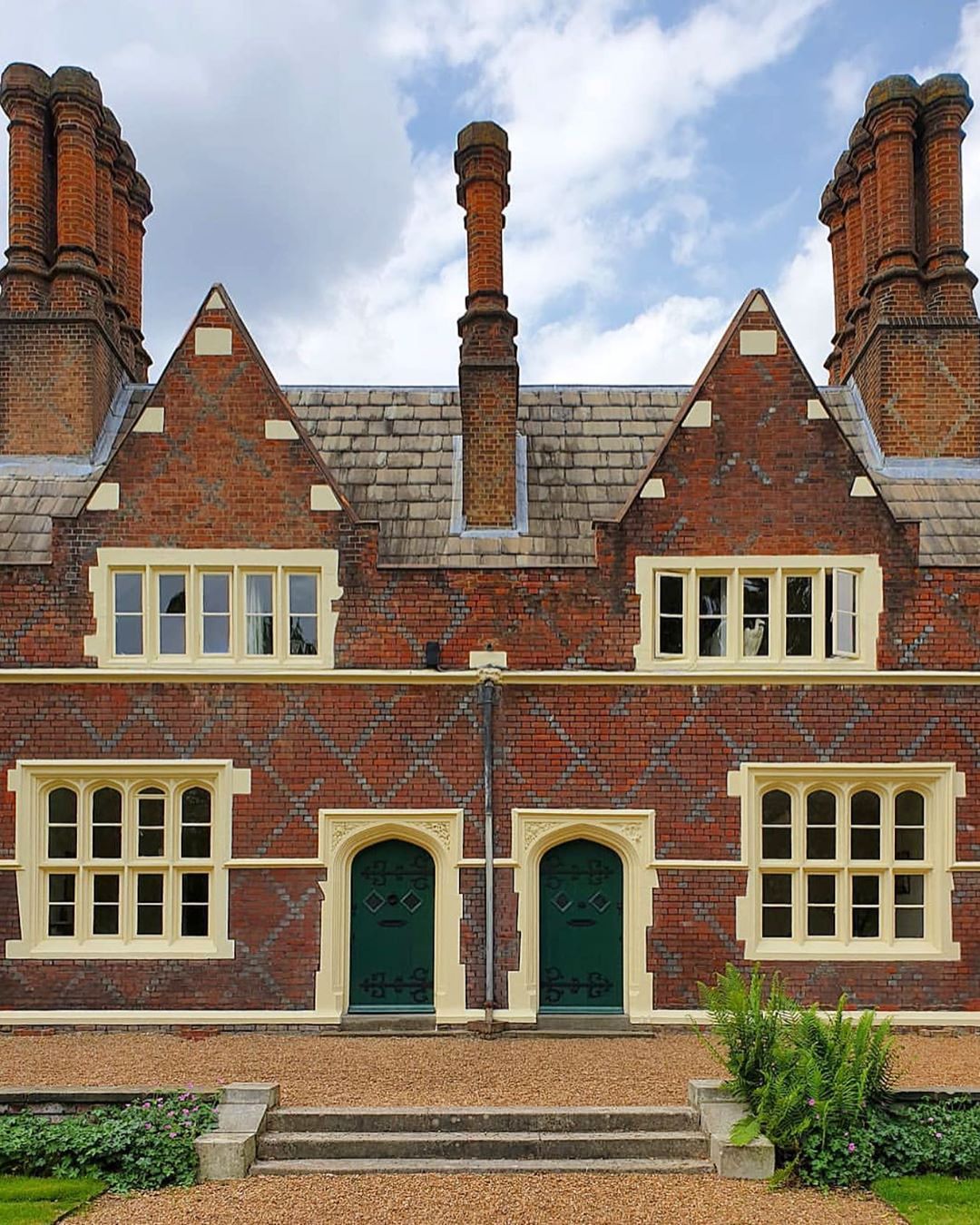Funen, Denmark
Egeskov Castle
This floating castle appears to be from an enchanted fable, but in actuality it is Europe's best preserved Renaissance water castle.

Photo Credit: Claire Walker
The Royal Naval Asylum, or the King William IV Cottages, was built in 1848 when Queen Adelaide of Saxe-Meiningen, a kingdom in modern-day Germany, decided to commission homes for twelve widows of deceased naval officers and their families. This decision was made upon the queen’s own loss of her husband, also a decorated naval officer.
Queen Adelaide was an unpopular ruler, often accused of interfering with parliament’s functions, but ushered in an era of royal charity that involved reaching out to the poor and marginalized. Her husband William amassed a fortune as a high ranking naval officer, granting Adelaide considerable funds that she dispersed to a wide variety of projects both at home and abroad.
For the Royal Naval Asylum project, Adelaide tapped architect Philip Hardwick R.A., the designer of the famous Doric Euston Arch. Hardwick specialized in railway stations and warehouses, and came from a family that had a combined 150 years of architecture experience. He had designed the buildings of St. Katharine’s Dock as well as the Birmingham Curzon Street station – the oldest of its kind in Britain.
Hardwick chose to design the Royal Navy Asylum in the Tudoresque style, entirely in brick with tall chimneys and communal gardens. The goal was to allow the widowed families to live in comfort, for once. The site stood on a remote southeast London district that was home to no more than 1,000 people.
Today, the asylum consists of a cluster of privately owned residences.
 n/a, n/a
n/a, n/a
Need an account? Sign up
This site is protected by reCAPTCHA and the Google Privacy Policy and Terms of Service apply.